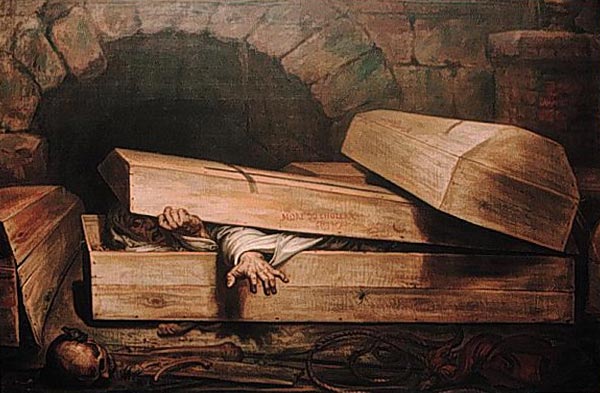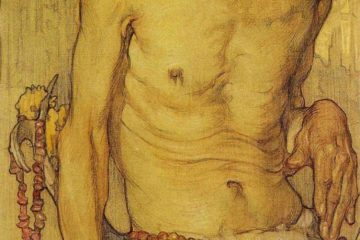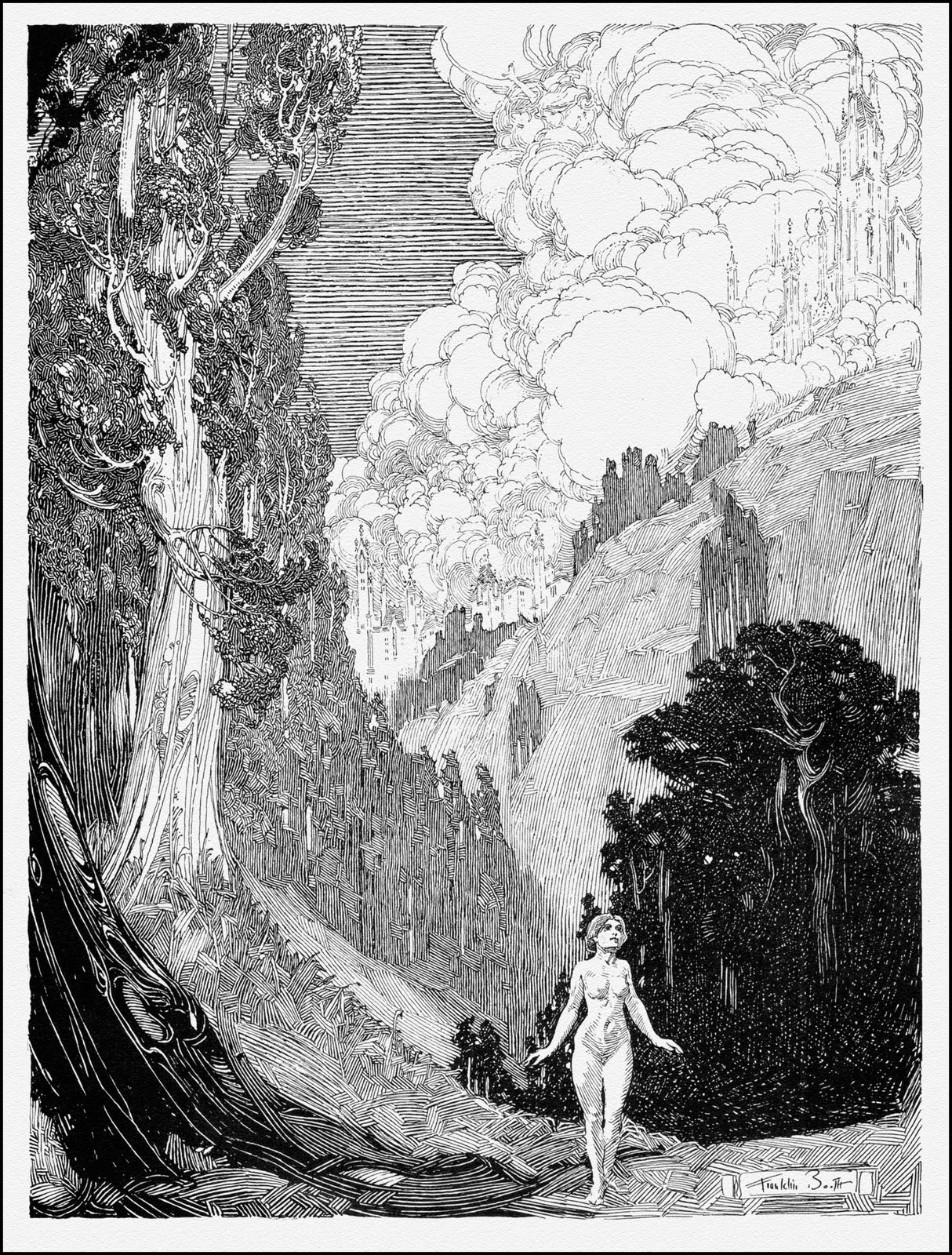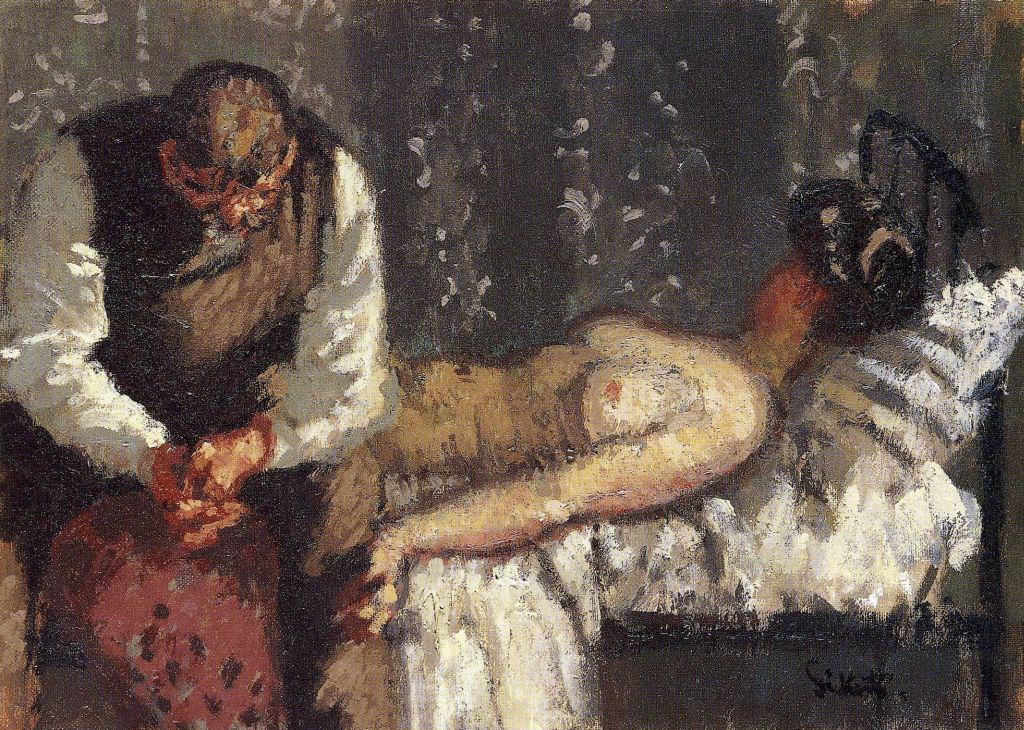The fans of Edgar Allan Poe out there should like this one (not that they are probably reading my blog, but it’s worth a try). This is Antoine Wiertz’s The Premature Burial (1854, media/size unknown, aka The Hasty Burial), a piece I first saw many years ago accompanying Poe’s work by the same name (which was painted several years after Poe’s death).
Wiertz’s work often treaded on dark, horrific imagery, as a number of artistic and literary works of the time did. This one actually is fairly light for him, compared to graphic images like Last Thoughts and Visions of a Decapitated Head or The Outrage of a Belgian Woman. There was quite a bit of concern in the mid-19th Century about premature burial, and this one certainly shows the horror of the event well.
In this image, the victim is a cholera victim (as evidenced by the text on the coffin) that doctors were seemingly unwilling to get close enough to really test. The content of Wiertz’s piece really shows an idea of story here, and that this person probably isn’t going to go anywhere. The skeletons on the floor, the dilapidated coffins around him, and the coffin on top of his all give a sense of not only the terror of such a moment, but of the idea that no one is coming back to help.
Wiertz used a nice composition to highlight where your eye should be drawn. The stone arch, the coffin on top of the victim’s, even the broken coffin to the left all lead your eye back to the man desperately trying to escape.
I also like the use of light here, and actually the lack thereof where it matters. You are drawn to the arm coming out of the coffin, but that’s just the drama of the moment. It’s in the subtle darkness of the rising coffin lid that the real meaning of this piece is shown. With the most horrifying part of the image well within the darkness, the viewer’s eye is drawn into the interior of the coffin, forcing you to not just look at the horror, but to examine it thoroughly.
Of course the image reminds me of the great EC comics of the 50’s, and of much of the ideas of horror that I’ve seen in various works. Wiertz’s powerful image is one of horror and desperation, and is a reminder that we may wake up to an unexpected horror at any time, when we least imagined it possible.
Opinions?
Russ


